System Earth 3b
Oceans I
Misha Velthuis
m.velthuis@uva.nl
Fri 20 Sept 2024
Live ocean
Test 1
Mean scores
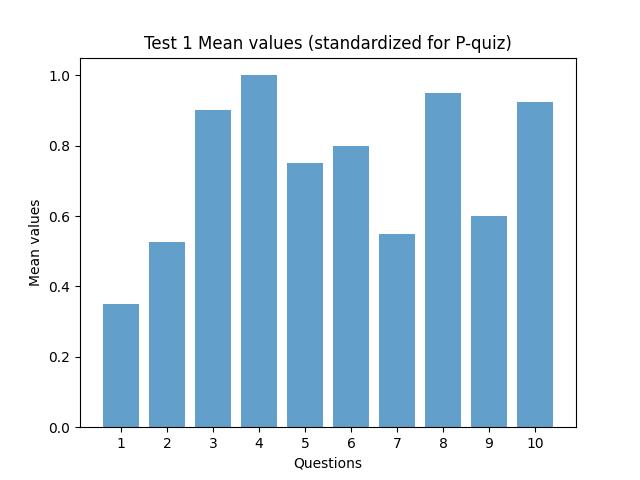
Correlation
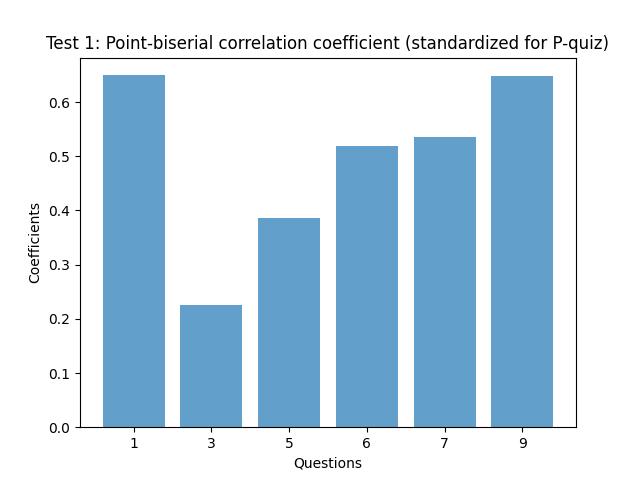
What makes the ocean move?
Three key forces
Tides
Wind stress
Thermohaline circulation
Tides
Simple model
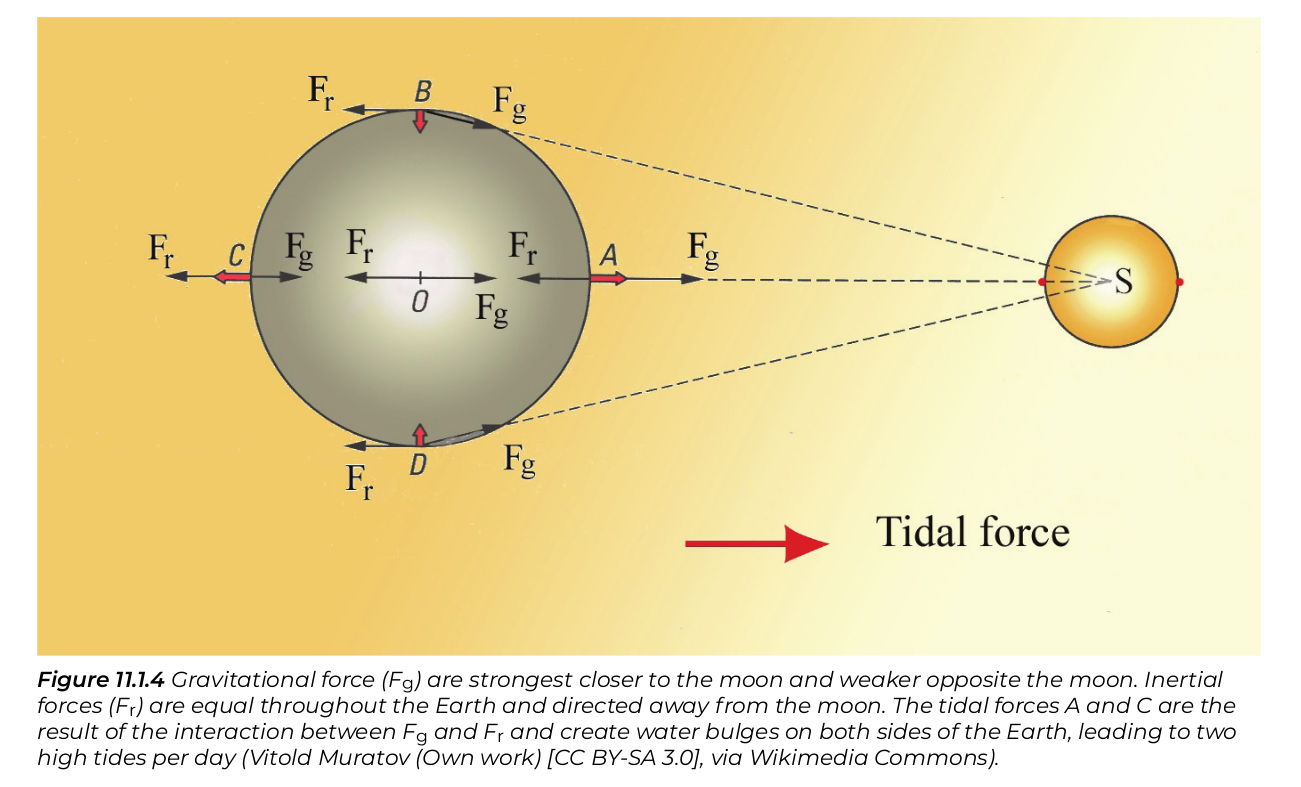
High tide
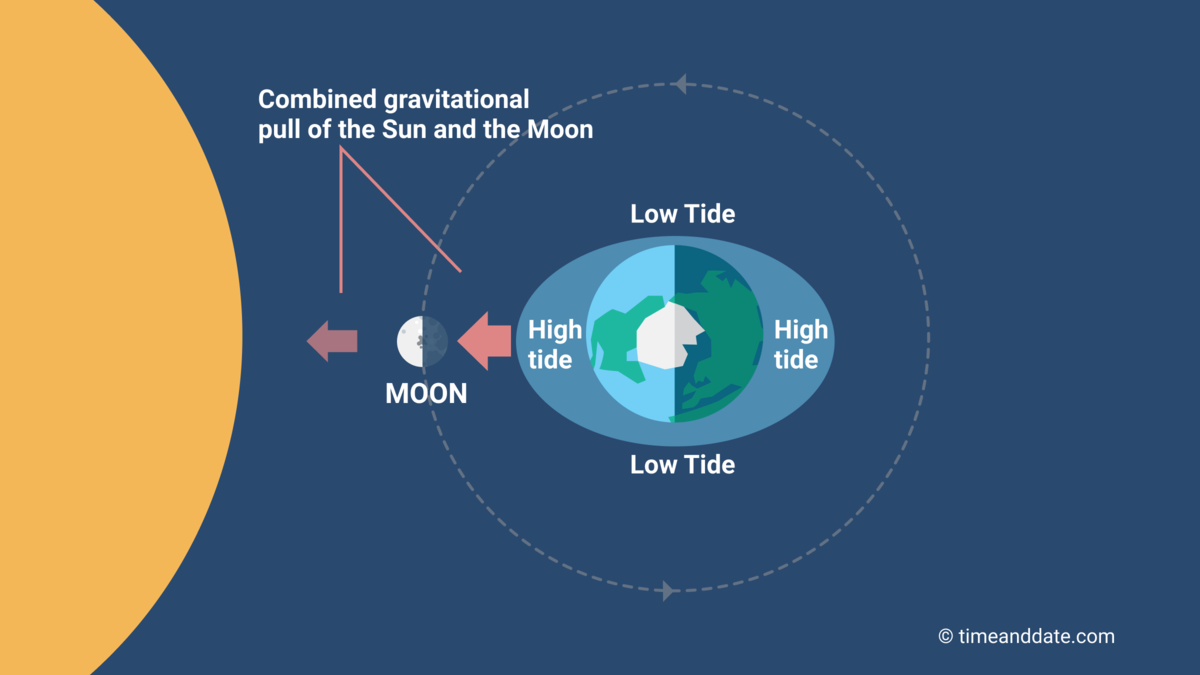
Watersnoodramp, 1953
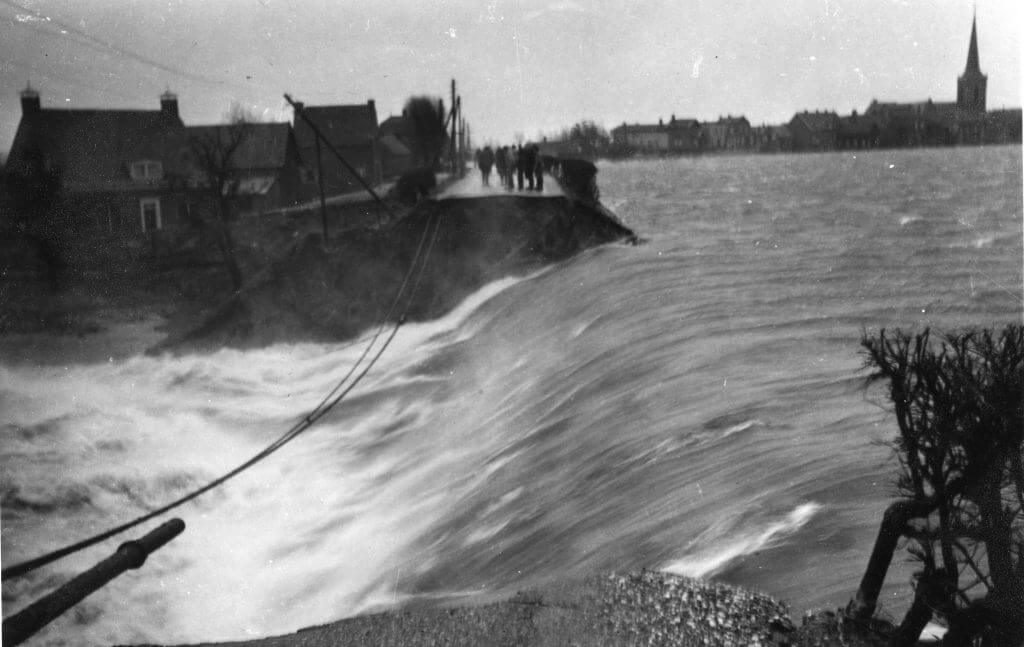
Watersnoodramp
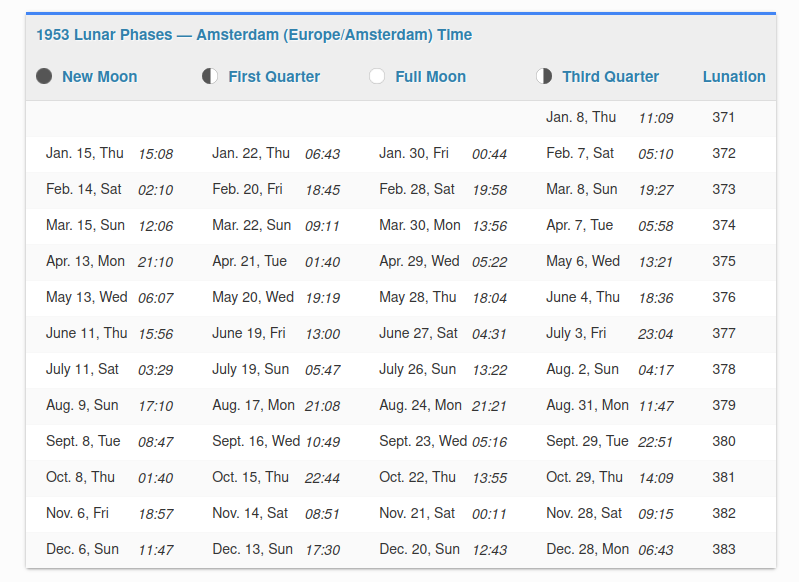
Reality is more complex
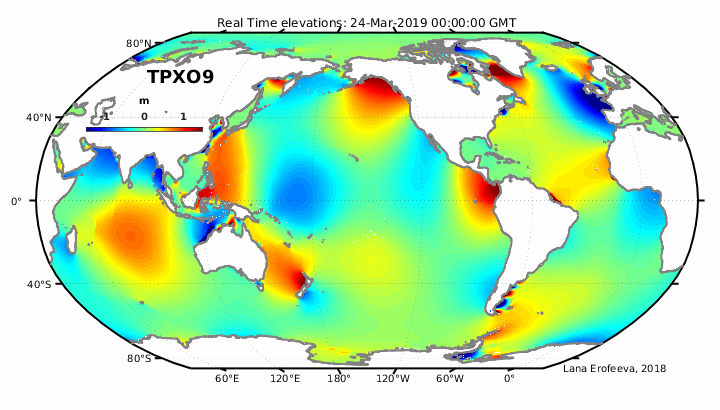
Wind stress
Four steps
| Step 1 | Linking the atmosphere to the ocean |
| Step 2 | Ekman transport |
| Step 3 | Geostrophic current |
| Step 4 | Boundary currents |
Driving force atmosphere ≠ driving force ocean
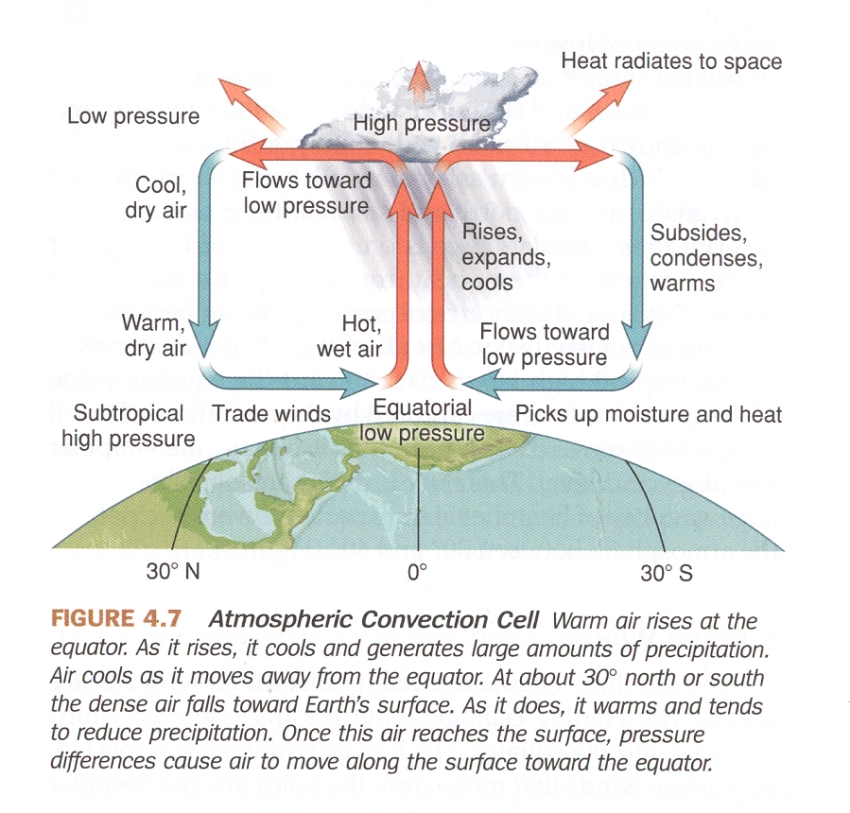
Step 1: linking the atmosphere to the ocean
Ocean currents flow at an angle to the wind
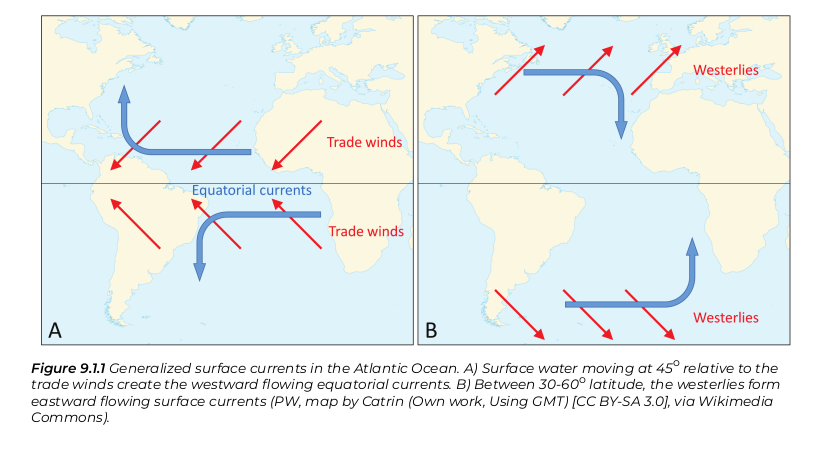
Ocean currents flow at an angle to the wind
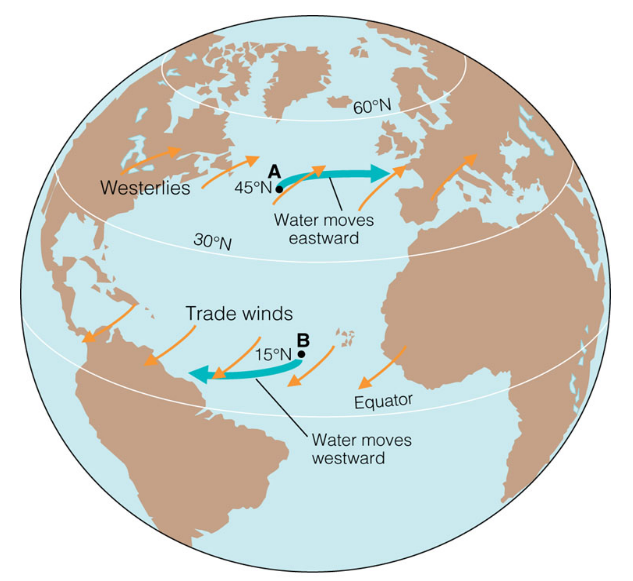
Circular patterns: gyres
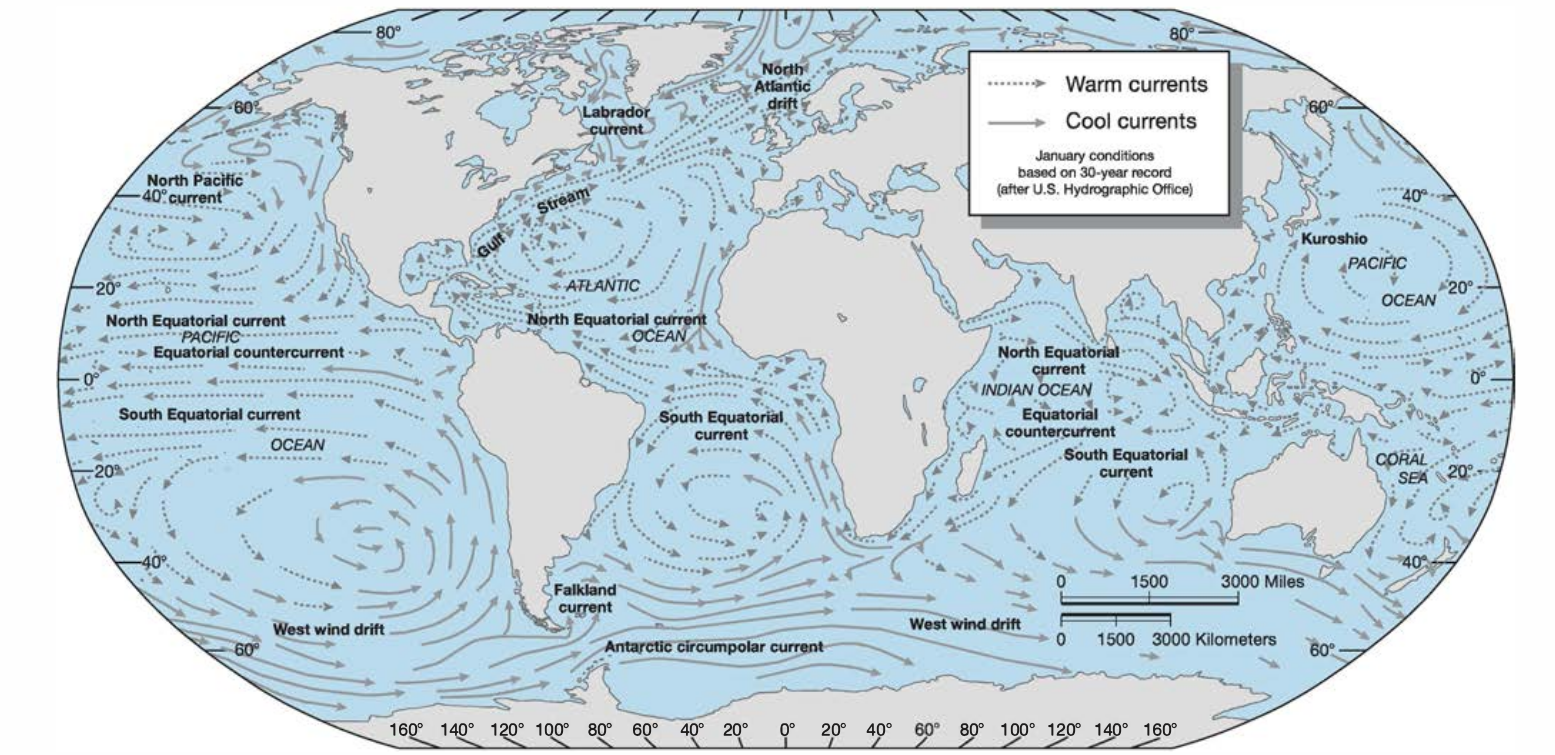
Gyres: latitudinal redistribution of energy
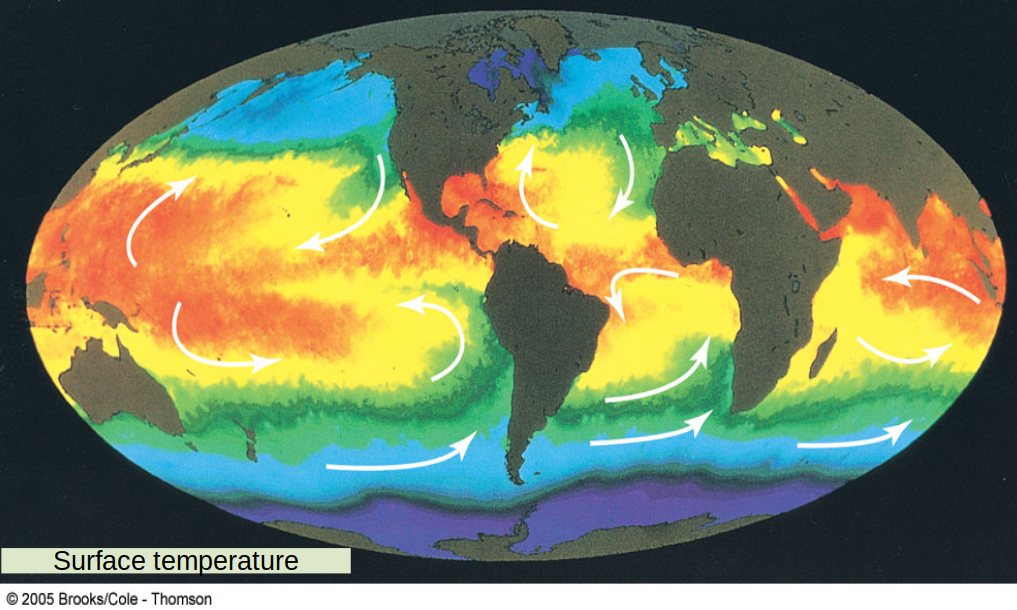
Step 2: Ekman transport
Ekman spiral: surface flow ≠ net flow
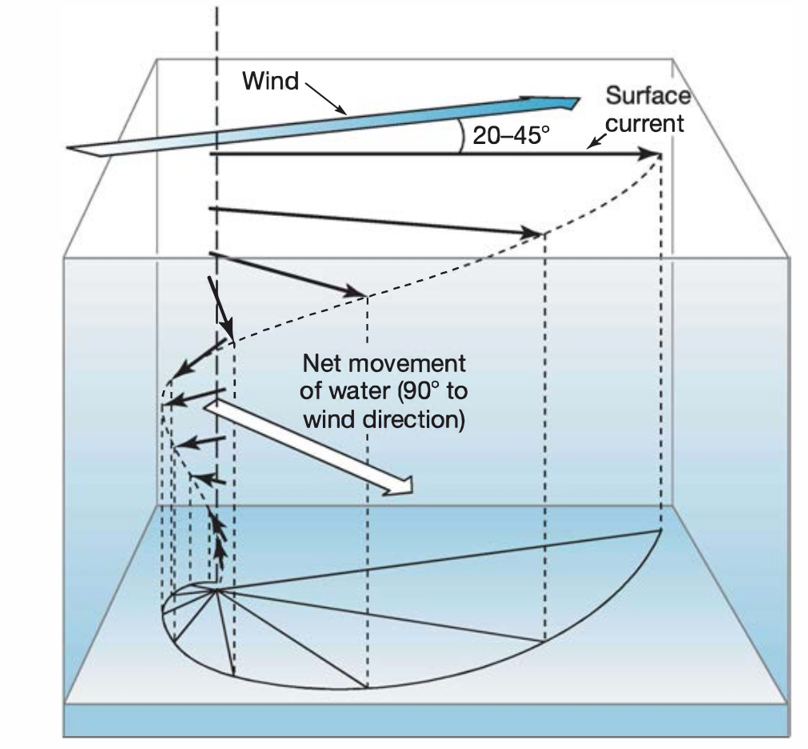
90° relative to wind or surface current?
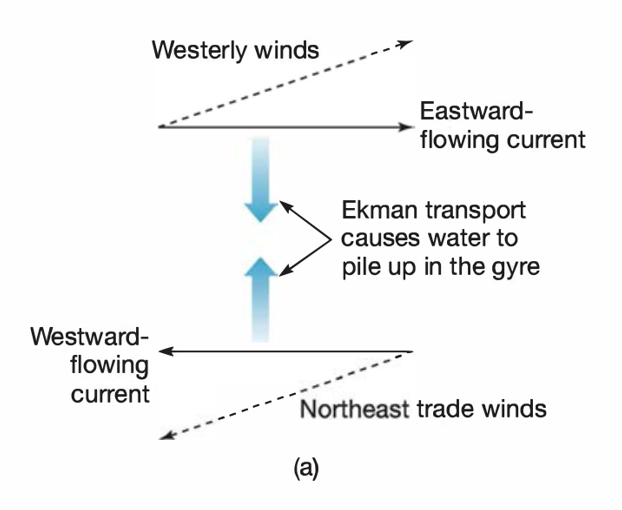
Ekman transport causing coastal upwelling

Step 3: Geostrophic current
Water piles up in center of gyre
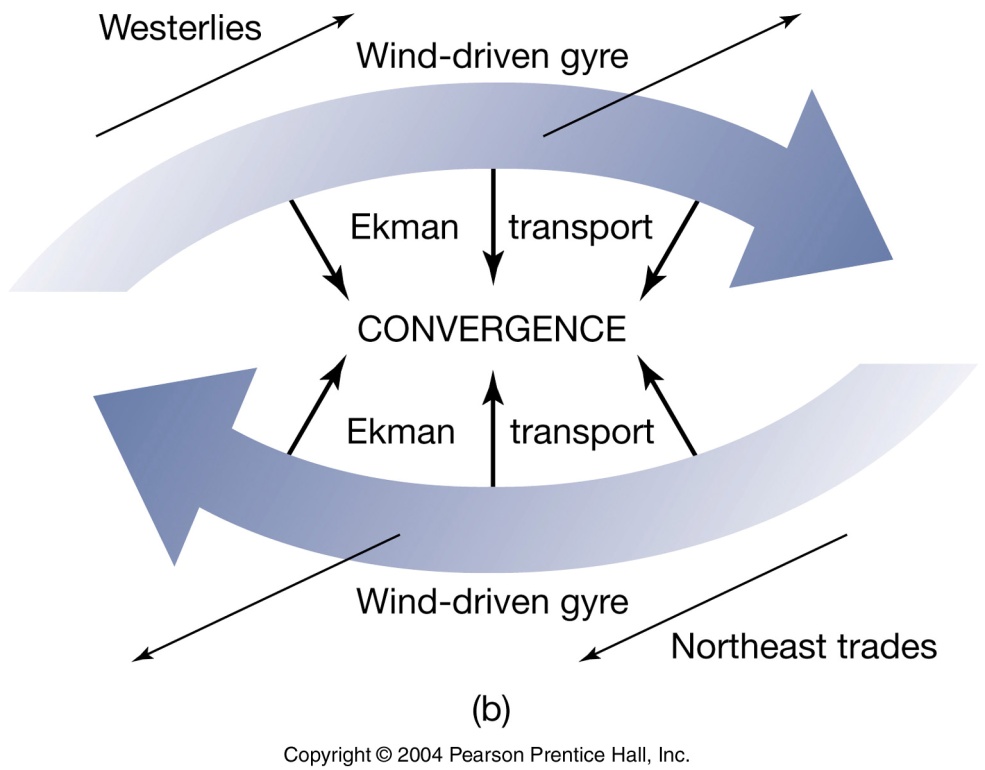
Coriolis force = pressure gradient force
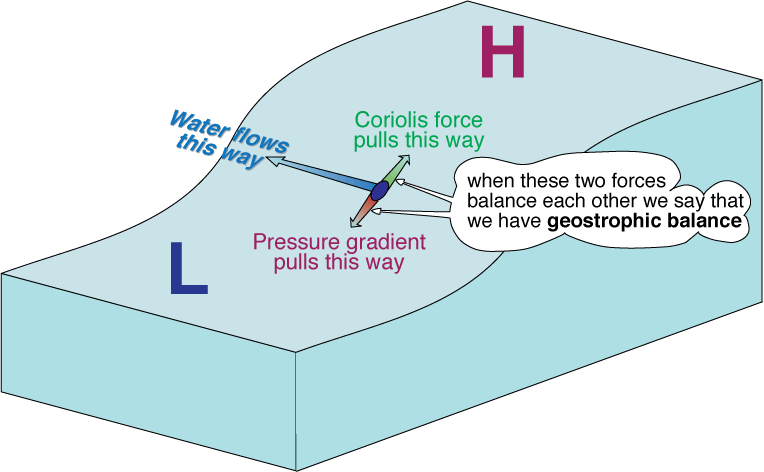
Geostrophic current circles around centre of gyre
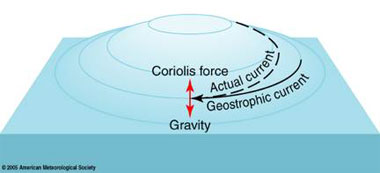
Sargasso sea
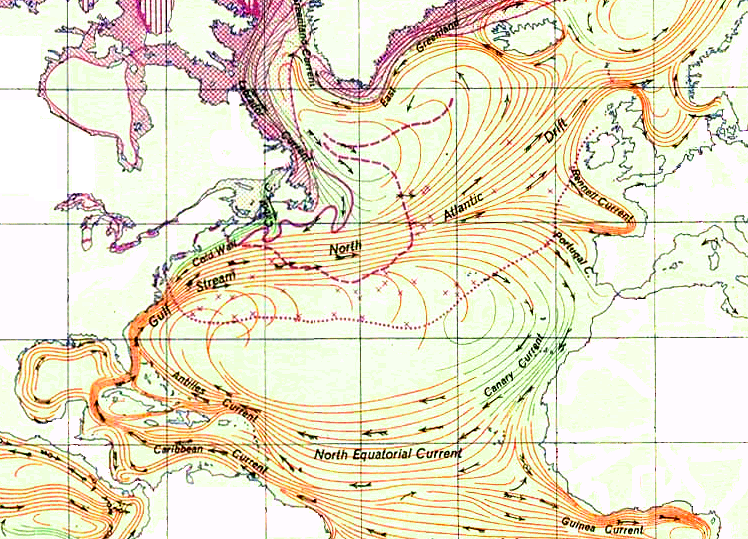
Plastic soup
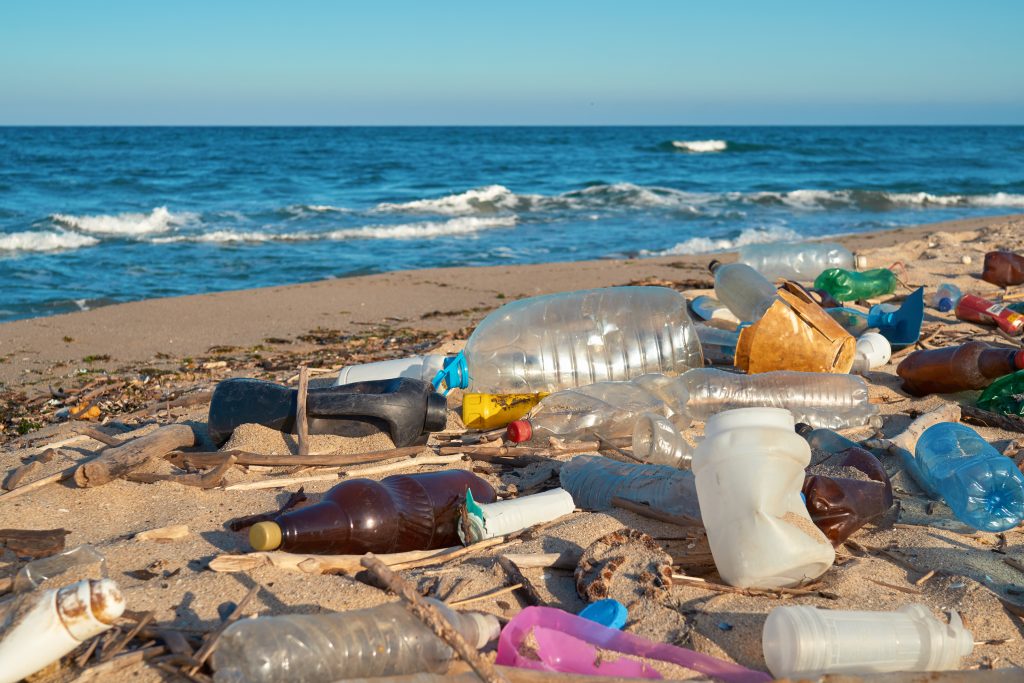
Plastic soup?
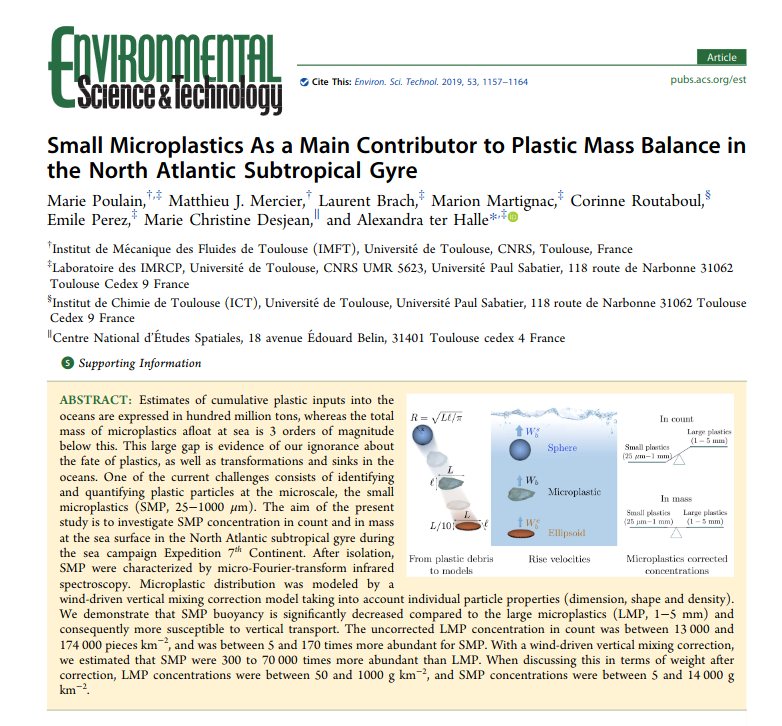
Plastic clouds?
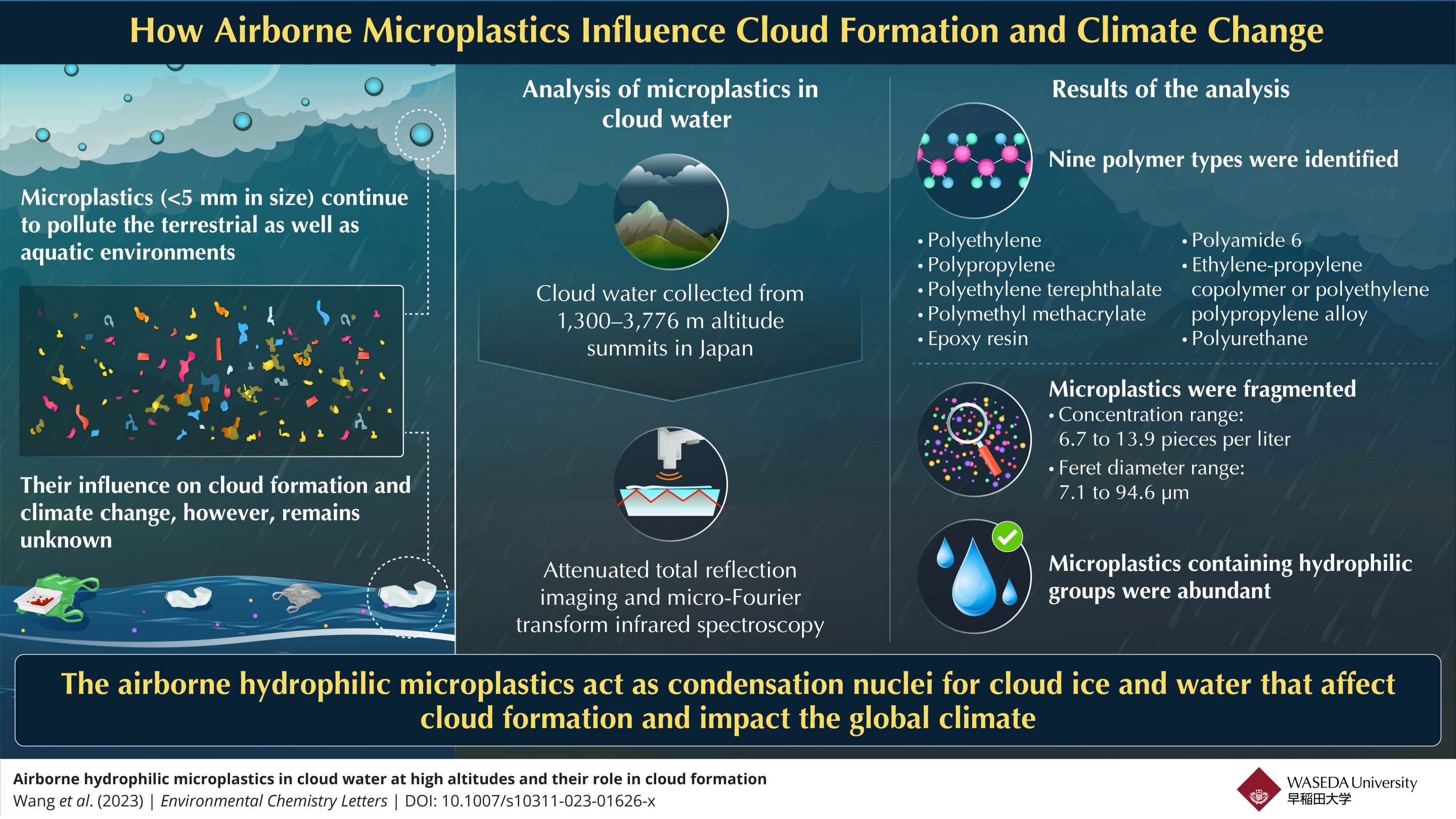
Step 4: boundary currents
West vs east
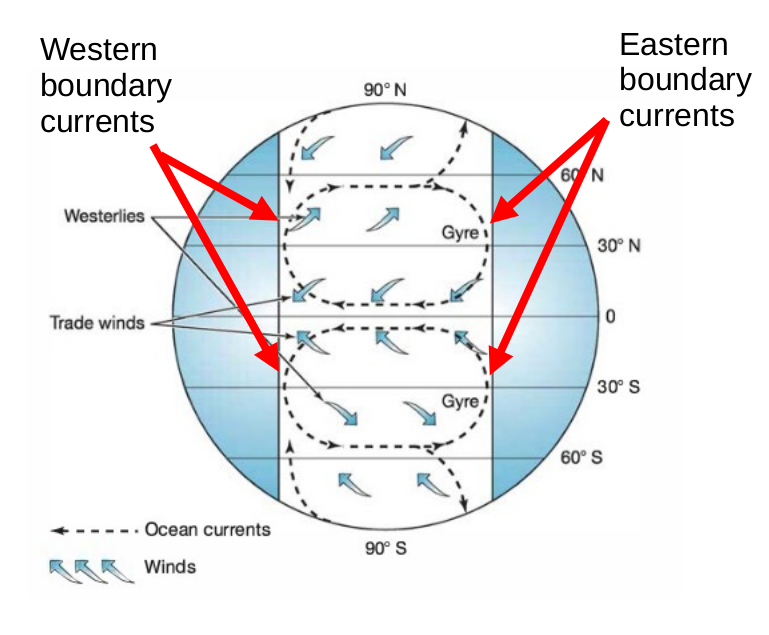
Asymmetrical flows
Western boundary currents = narrow, deep strong
Eastern boundary currents = wide, shallow, weak
Five main gyres, ten boundary currents
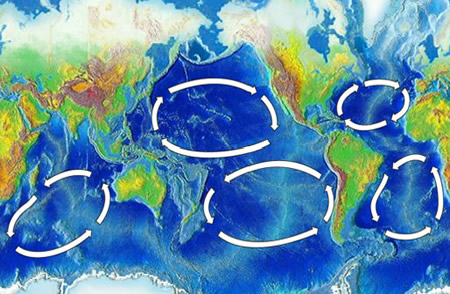
Western intensification 1
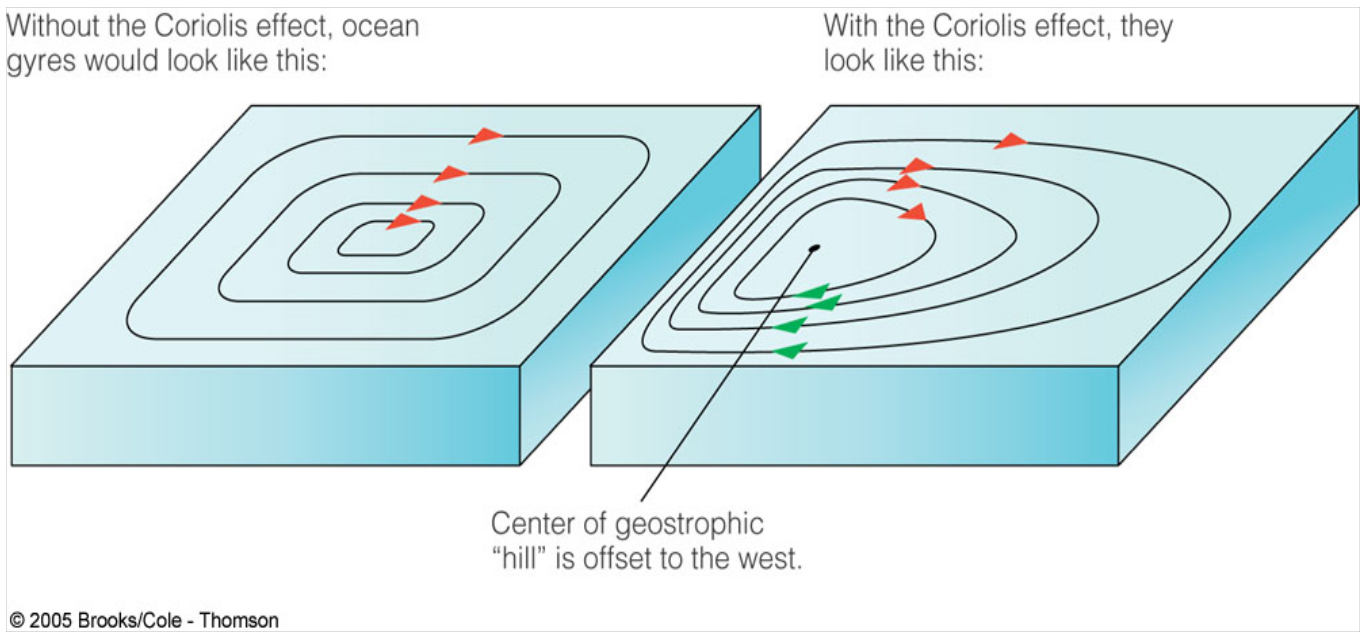
Western intensification 2
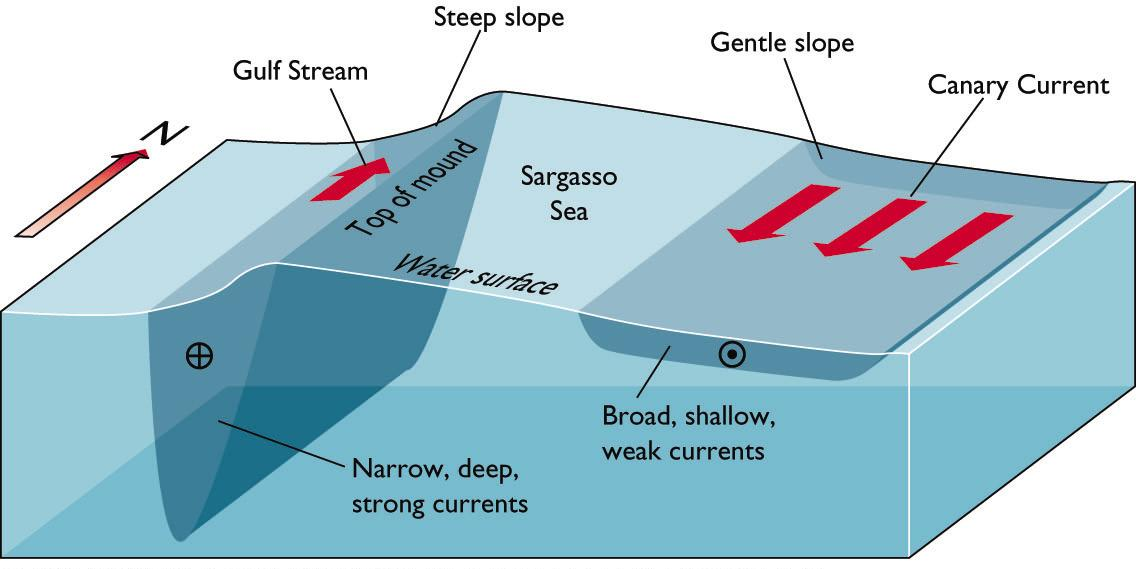
Boundary currents in real life

Peru current (Humboldt current)
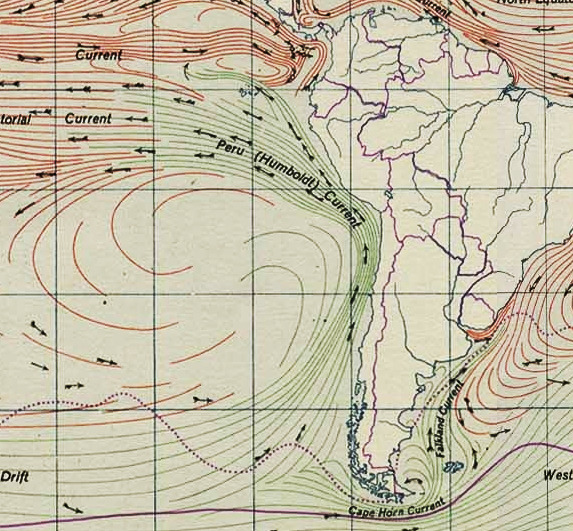
Real time (modelled) flows (oceans and air)
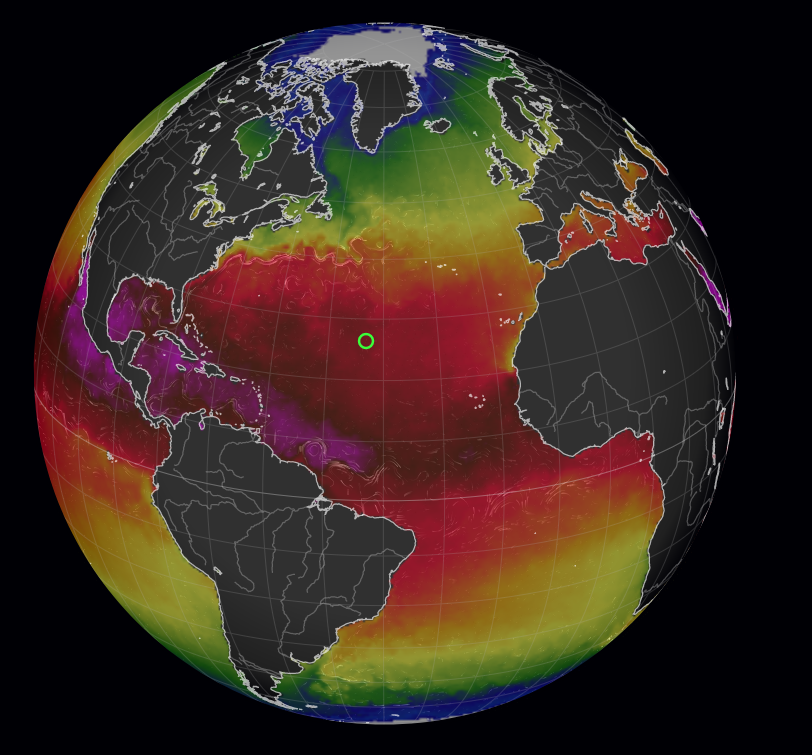
Next session
El Niño Southern Oscillation
Thermohaline circulation